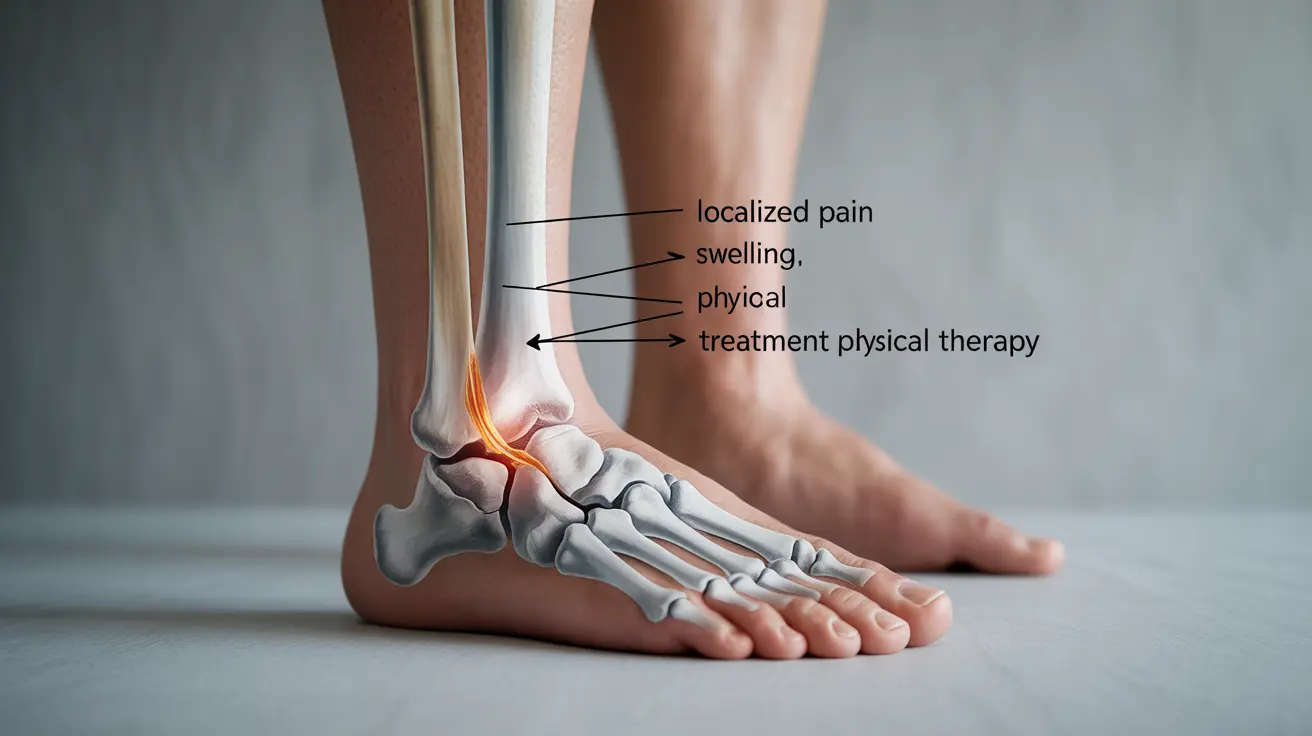Body Mass Index (BMI) has long been used as a quick and easy way to assess whether someone is at a healthy weight. However, as our understanding of health and body composition has evolved, many experts now question whether BMI is truly accurate for all individuals. This article explores the limitations of BMI, alternative methods for assessing body composition, and how to get a more comprehensive picture of your health beyond this single metric.
Understanding the accuracy of BMI is crucial for anyone concerned about their weight and overall health. While BMI can provide a general indication of weight status, it's important to recognize its shortcomings and consider additional factors that contribute to a person's overall well-being.
The Limitations of BMI as a Health Measure
BMI, calculated using only height and weight, has several significant limitations when used as a sole indicator of health:
- It doesn't account for body composition (muscle vs. fat)
- It fails to consider fat distribution in the body
- It may not be accurate for athletes, elderly individuals, or certain ethnic groups
- It doesn't reflect overall health status or fitness level
These limitations can lead to misclassification of an individual's health risk, potentially causing unnecessary concern or false reassurance. For example, a muscular athlete might be classified as overweight or obese based on BMI alone, despite having low body fat percentage and excellent overall health.
Alternative Methods for Assessing Body Composition
Given the limitations of BMI, several alternative methods can provide a more accurate assessment of body composition and health status:
Skinfold Measurements
This method uses calipers to measure subcutaneous fat at specific body sites. While more accurate than BMI for estimating body fat percentage, it requires proper technique and can vary based on the skill of the person performing the measurement.
Bioelectrical Impedance Analysis (BIA)
BIA devices send a small electrical current through the body to estimate body fat percentage. This method is relatively quick and non-invasive but can be affected by hydration levels and recent physical activity.
DEXA Scans
Dual-energy X-ray absorptiometry (DEXA) scans provide highly accurate measurements of body composition, including bone density, fat mass, and lean mass. While more expensive and less accessible than other methods, DEXA scans are considered one of the gold standards for body composition assessment.
Hydrostatic Weighing
Also known as underwater weighing, this method measures body density to estimate body fat percentage. It's highly accurate but requires specialized equipment and can be uncomfortable for some individuals.
Determining a Healthy Weight Beyond BMI
To get a more comprehensive picture of your health and weight status, consider the following approaches:
Waist Circumference Measurement
Measuring your waist circumference can provide valuable information about abdominal fat, which is associated with increased health risks. A waist circumference greater than 35 inches for women or 40 inches for men may indicate an increased risk of obesity-related health problems, regardless of BMI.
Body Fat Percentage
Focusing on body fat percentage rather than BMI can give a more accurate representation of your body composition. Healthy body fat percentages vary by age and gender but generally range from 10-20% for men and 18-28% for women.
Comprehensive Health Assessments
Consider a more holistic approach to health assessment that includes factors such as:
- Blood pressure
- Cholesterol levels
- Blood sugar levels
- Physical fitness and activity levels
- Diet quality
- Sleep patterns
- Stress management
These factors, when considered together, provide a much more comprehensive picture of overall health than BMI alone.
BMI and Ethnic Variations
It's important to note that BMI thresholds for overweight and obesity may not be appropriate for all ethnic groups. For example, some Asian populations may have increased health risks at lower BMI levels compared to Western populations. This underscores the need for culturally specific health assessments and guidelines.
Frequently Asked Questions
What are the limitations of using BMI as a measure of health?
BMI has several limitations as a health measure. It doesn't account for body composition, failing to distinguish between muscle and fat. It also doesn't consider fat distribution, which is crucial since abdominal fat carries more health risks than fat in other areas. Additionally, BMI may not be accurate for athletes, elderly individuals, or certain ethnic groups, and it doesn't reflect overall health status or fitness level.
How can I accurately assess my body fat percentage if BMI is not reliable?
There are several methods to assess body fat percentage more accurately than BMI. These include skinfold measurements using calipers, bioelectrical impedance analysis (BIA) devices, DEXA scans, and hydrostatic weighing. Each method has its own pros and cons in terms of accuracy, accessibility, and cost. For the most accurate results, consider consulting with a healthcare professional or certified fitness expert who can perform these measurements.
What alternative methods can I use to determine if I am at a healthy weight?
Beyond BMI, you can use waist circumference measurements, body fat percentage assessments, and more comprehensive health evaluations. Waist circumference can indicate abdominal fat levels, which are closely linked to health risks. Body fat percentage provides a more accurate picture of your body composition. Additionally, consider factors like blood pressure, cholesterol levels, blood sugar, physical fitness, diet quality, and overall lifestyle when assessing your health status.
Is BMI a reliable indicator of health risks for people of different ethnic backgrounds?
BMI is not equally reliable across all ethnic groups. Research has shown that the standard BMI thresholds for overweight and obesity may not be appropriate for all populations. For instance, some Asian groups may have increased health risks at lower BMI levels compared to Western populations. It's important to consider ethnicity-specific guidelines and combine BMI with other health indicators for a more accurate assessment.
How can I use waist circumference in conjunction with BMI to better assess my health risks?
Measuring your waist circumference alongside BMI can provide a more comprehensive view of your health risks. A high waist circumference (greater than 35 inches for women or 40 inches for men) can indicate excess abdominal fat, which is associated with increased risk of obesity-related health problems. By combining this measurement with BMI, you can get a better understanding of your body composition and potential health risks, even if your BMI falls within a "normal" range.
In conclusion, while BMI can serve as a starting point for health assessment, it's crucial to look beyond this single metric. By considering alternative measurements, body composition, and overall lifestyle factors, you can gain a more accurate and comprehensive understanding of your health status and potential risks.




